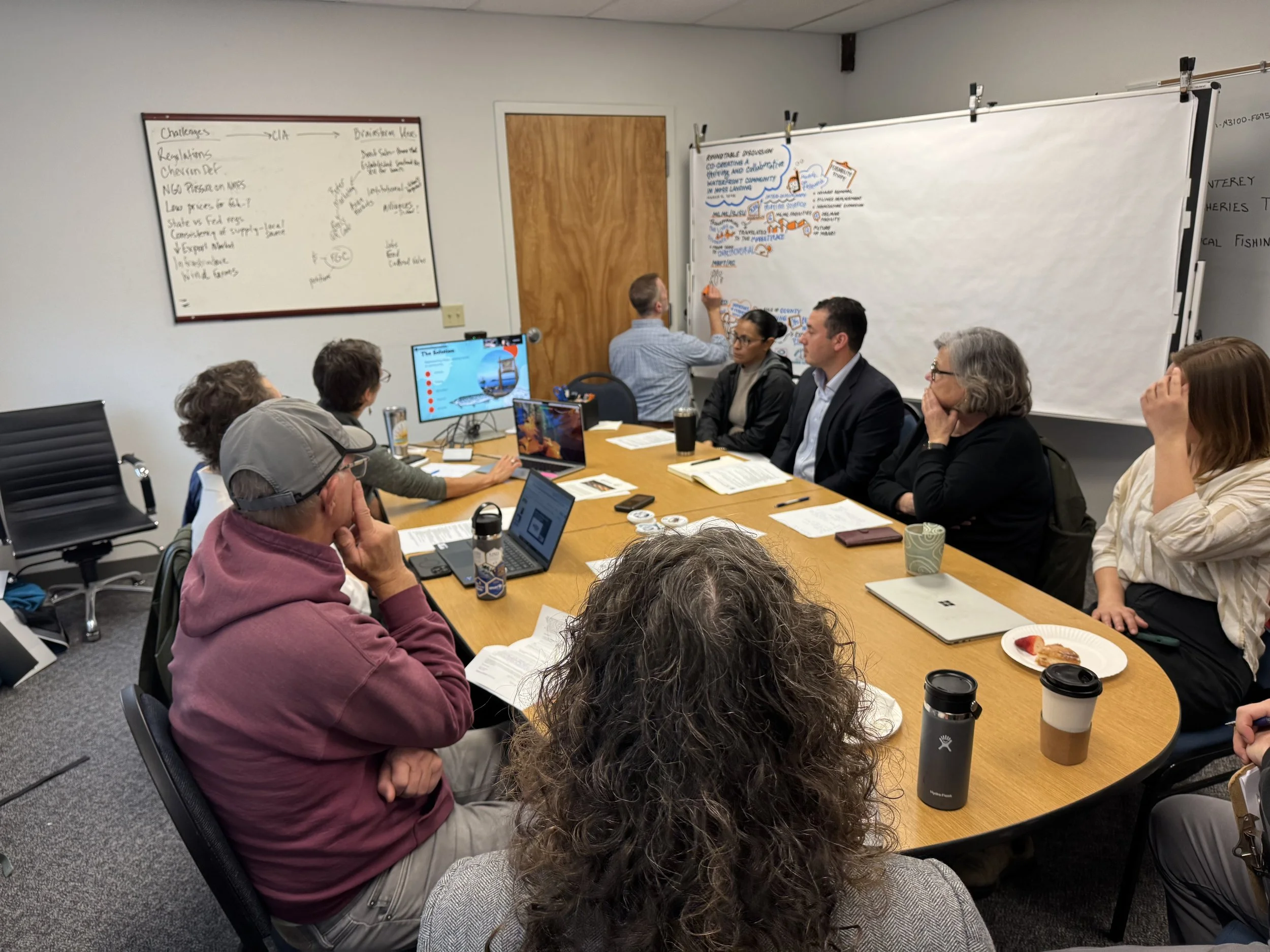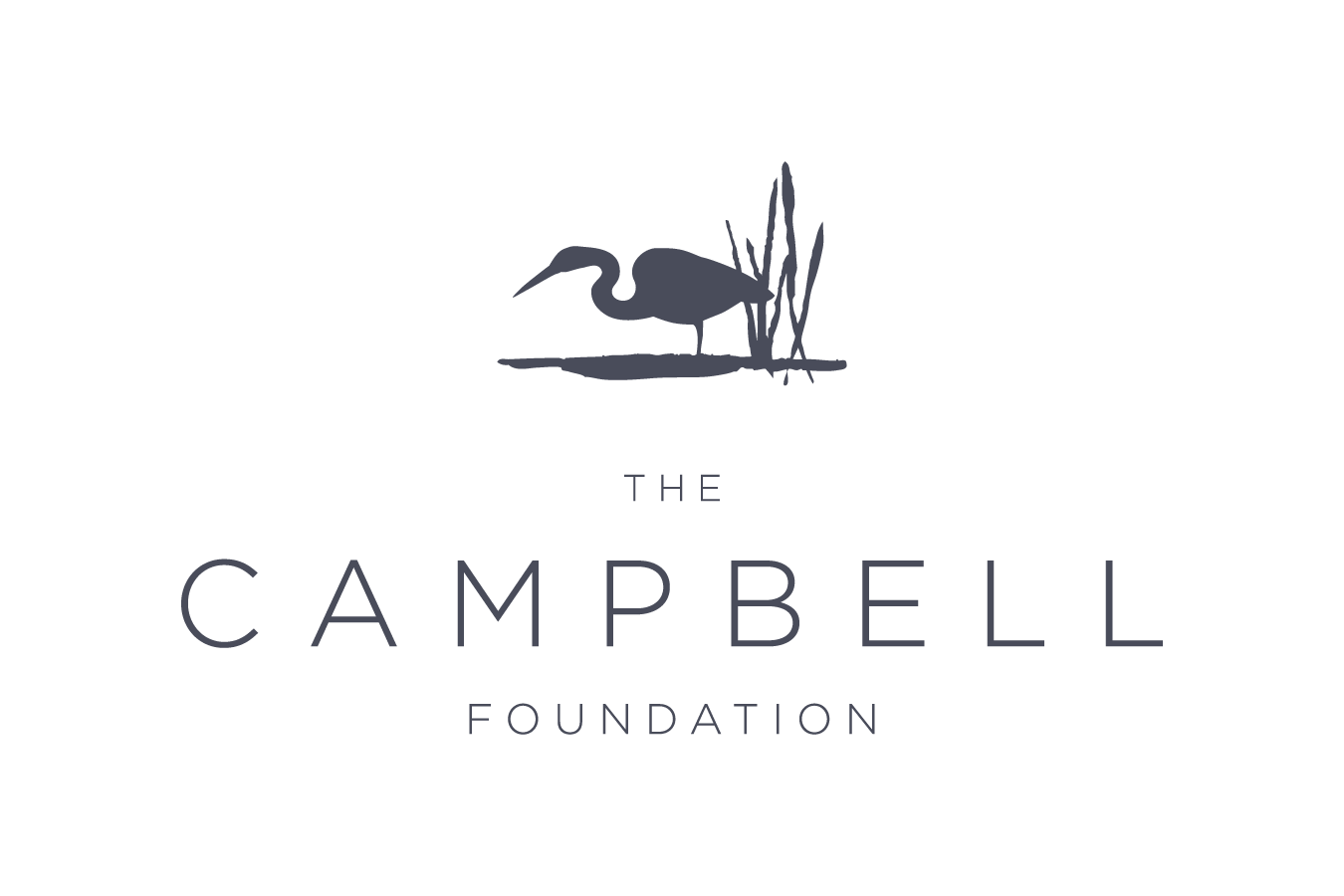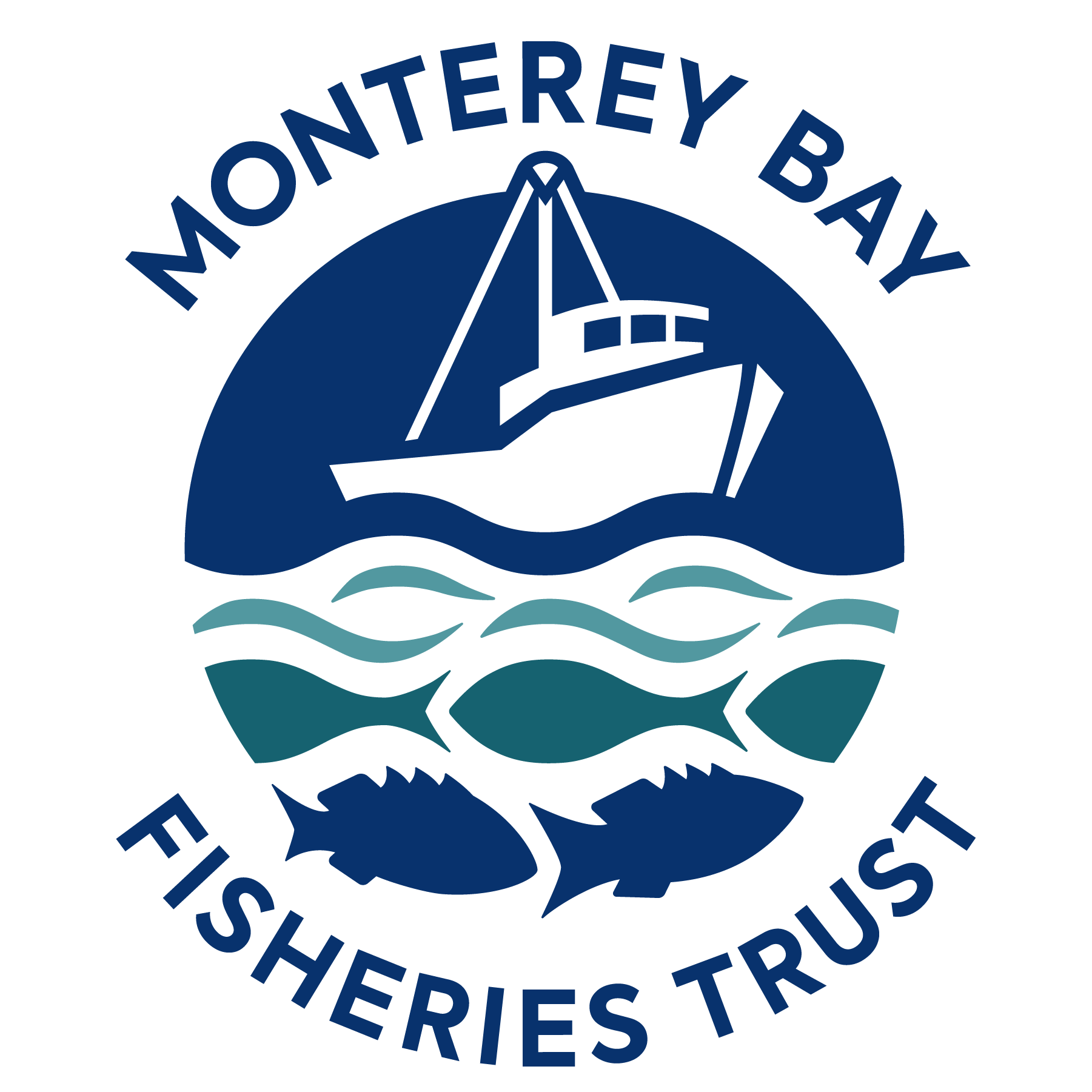The Monterey Bay Fisheries Trust, Regenerative California, and other regional partners have launched a groundbreaking initiative called The Future of Blue. This community-based effort aims to revitalize Monterey Bay’s working waterfronts and build a thriving blue economy — defined by the World Bank as “the sustainable use of ocean resources for economic growth, improved livelihoods, and jobs while preserving the health of ocean ecosystems.”
Monterey Bay is one of the most productive and biodiverse marine ecosystems on the planet, with a long tradition of fishing that is vital to local culture and economy. However, our working waterfronts face urgent challenges, including outdated infrastructure, market vulnerabilities, and regulatory complexities. By revitalizing infrastructure, enhancing local seafood systems, and catalyzing blue economy investments, we aim to preserve livelihoods, strengthen food security, and protect marine ecosystems—while developing a replicable model for coastal communities across California and beyond.
Community benefits include:
Support for 3 major ports and 100+ active fishing vessels
Strengthening of 25+ seafood-related businesses and port vibrancy
Protection of and potential growth in annual seafood value, including additional jobs in the marine industry
Securing a healthy and sustainable local protein source with economic co-benefits to hospitality and tourism sectors
Direct and indirect impact on thousands of local residents, visitors, and workers
Roundtable Meeting - March 2025
In collaboration with UC Santa Cruz and the Monterey Bay Aquarium, we are currently analyzing state-collected fisheries activity data across our three major ports, Monterey, Moss Landing, and Santa Cruz. This research will culminate in the “Trends of Monterey Bay Commercial Fisheries” report—the first comprehensive analysis of its kind in over a decade. In 2026, we will utilize this baseline to bring together stakeholders to co-develop a shared vision and community action plan for at least one harbor, aiming to implement pilot activities by the end of 2027.
Thank you to our 2025 funding partners!
We are currently seeking funding to implement our 2026 community planning phase. Contact us to learn more and become a supporter.










